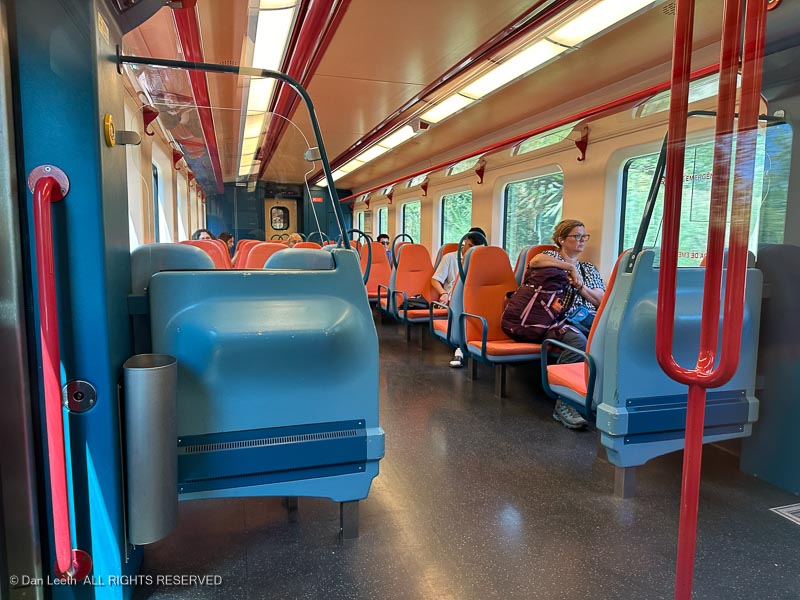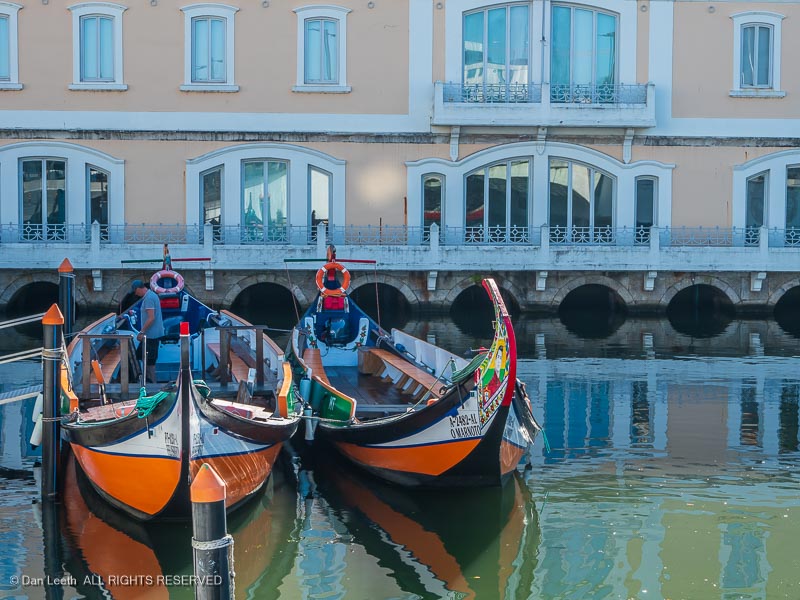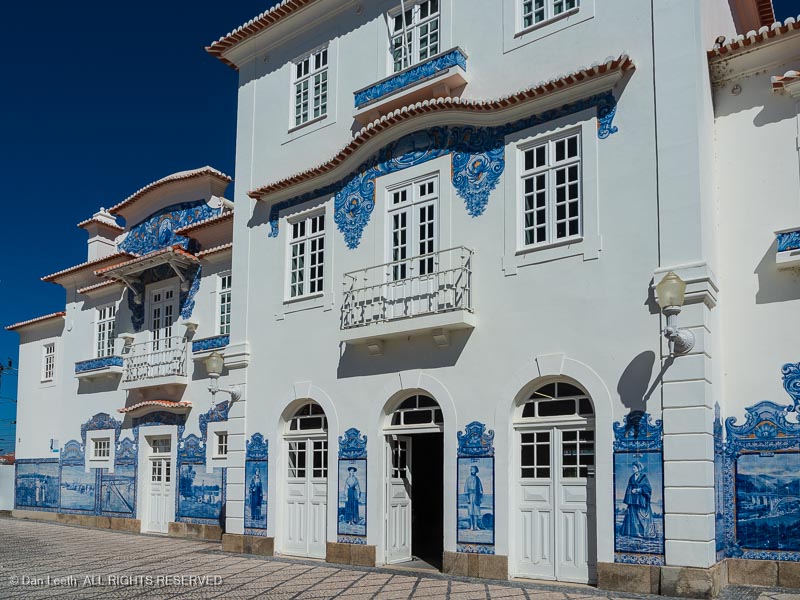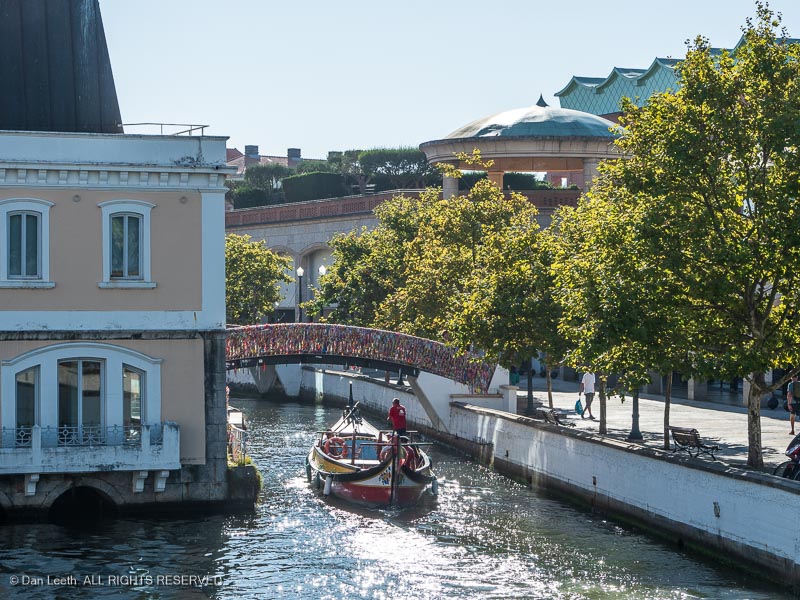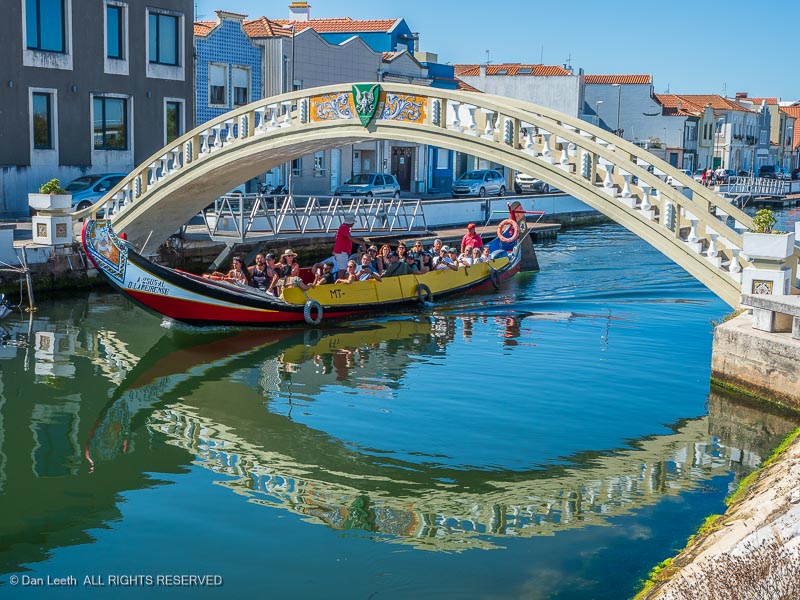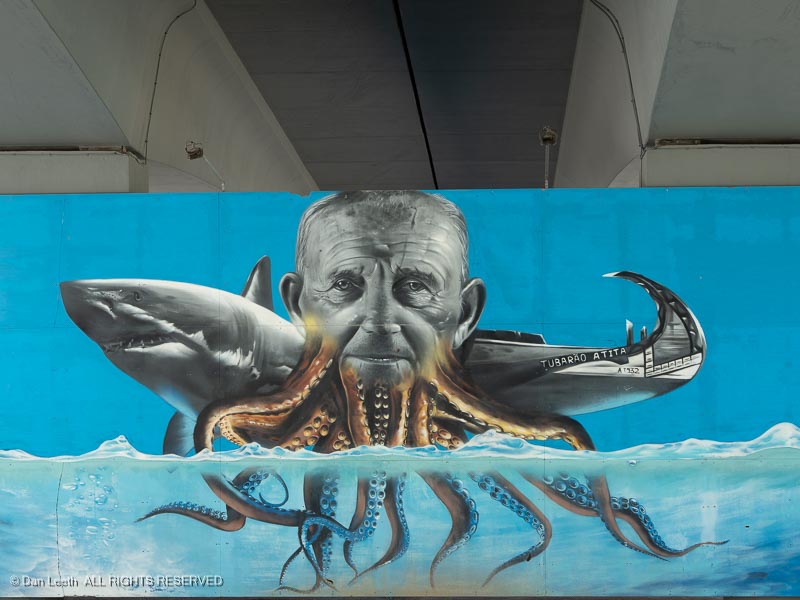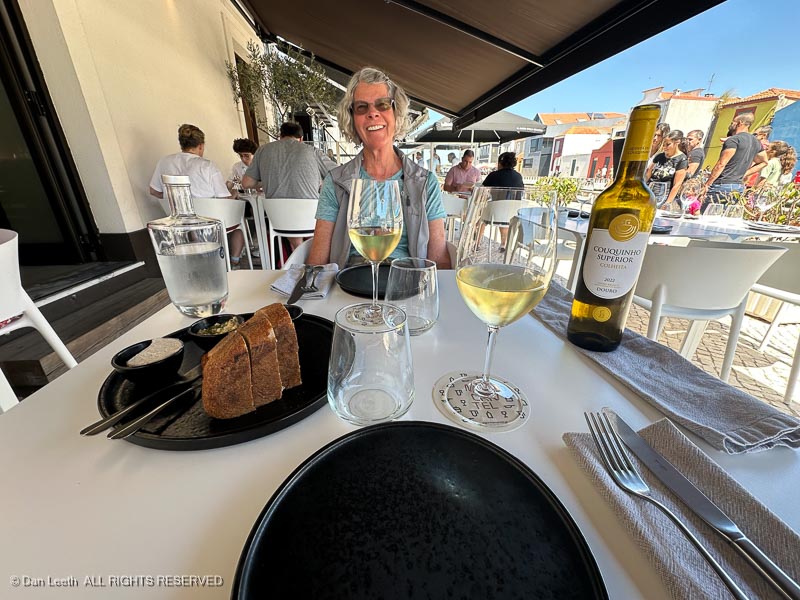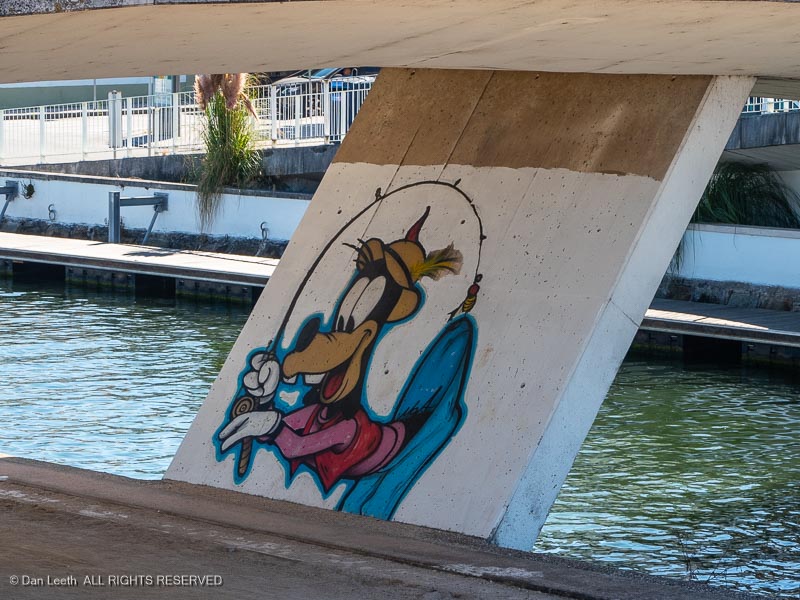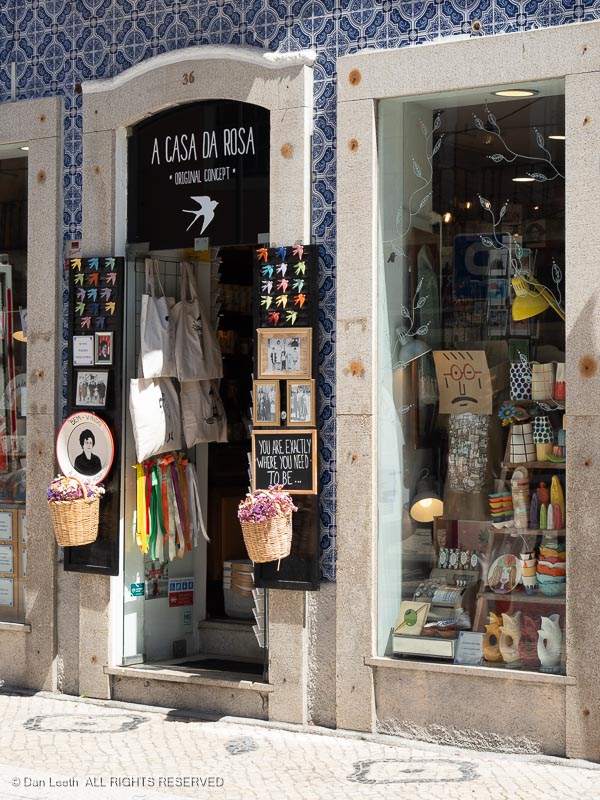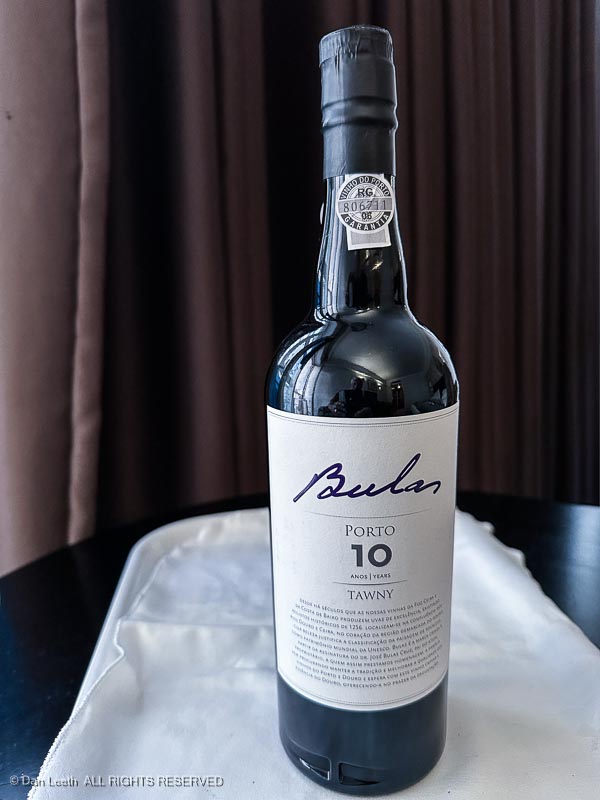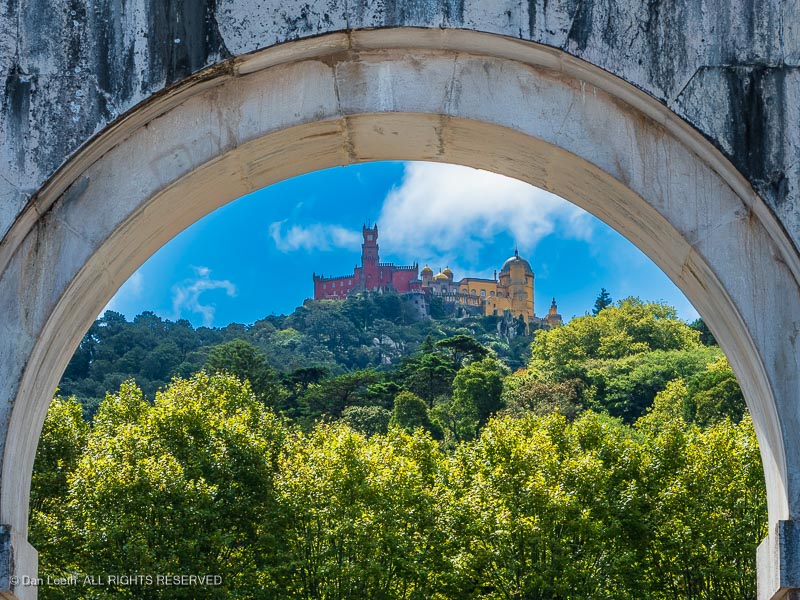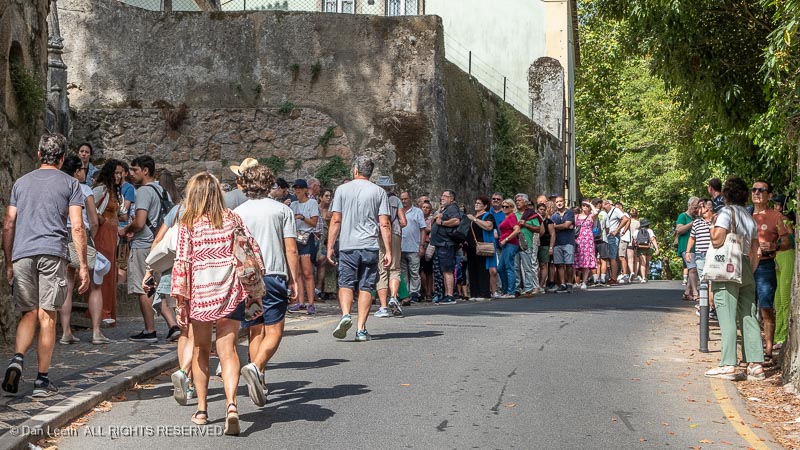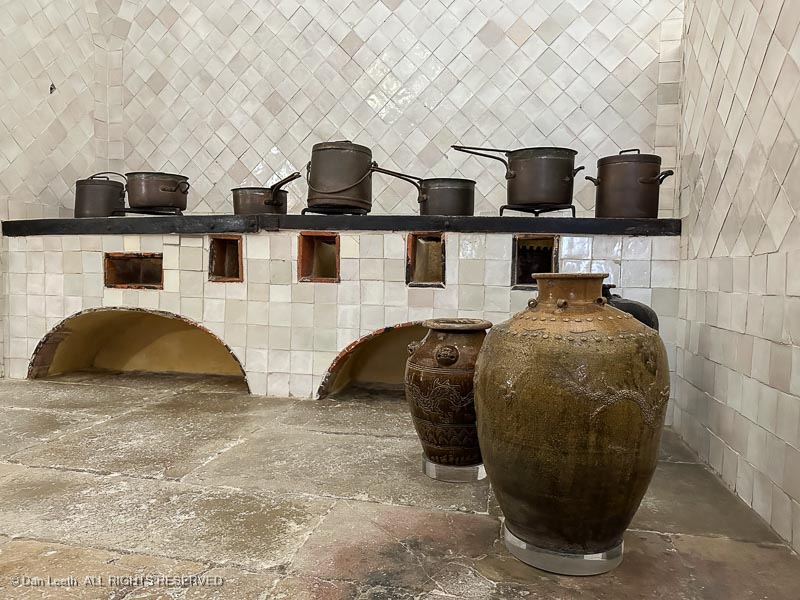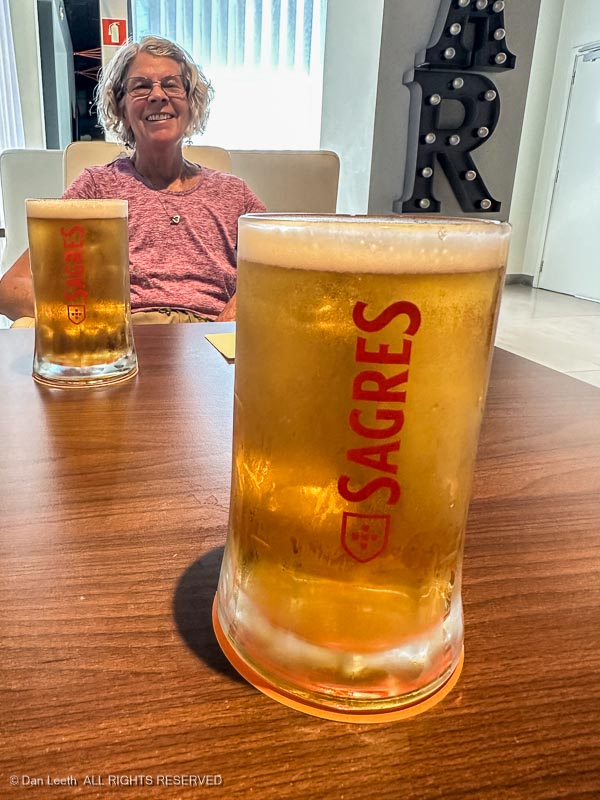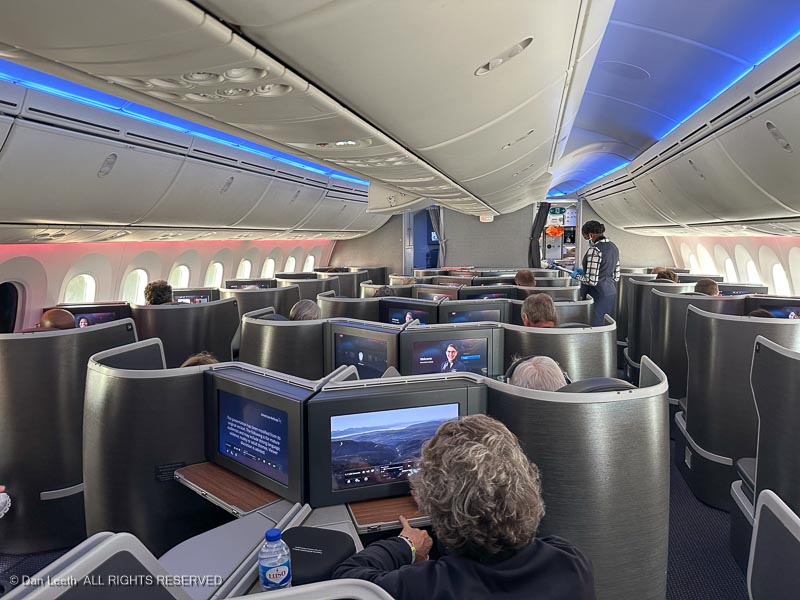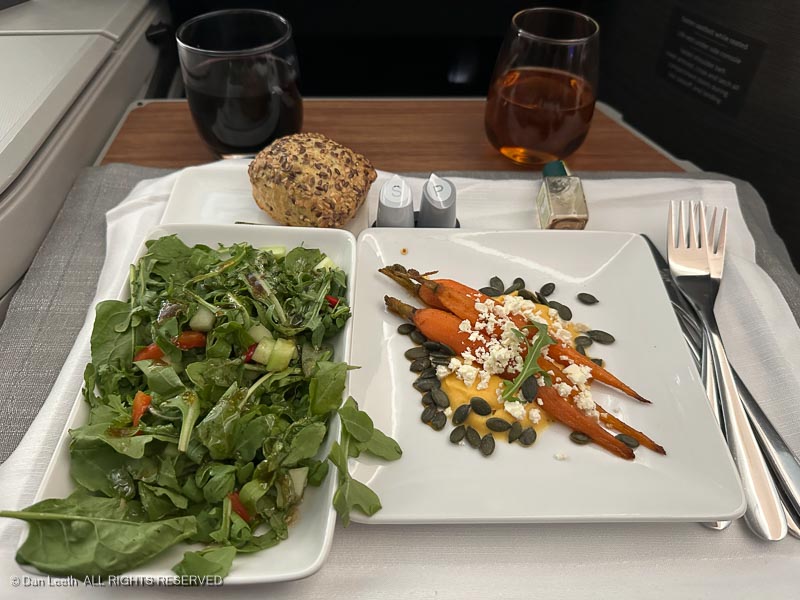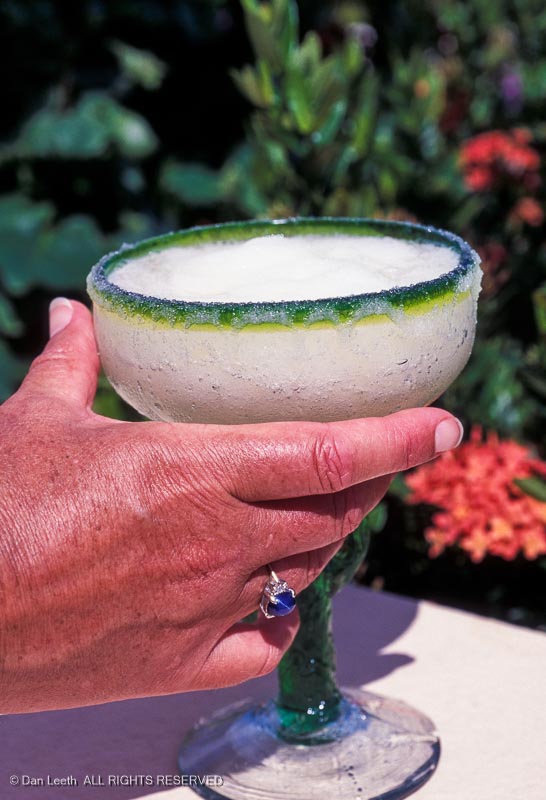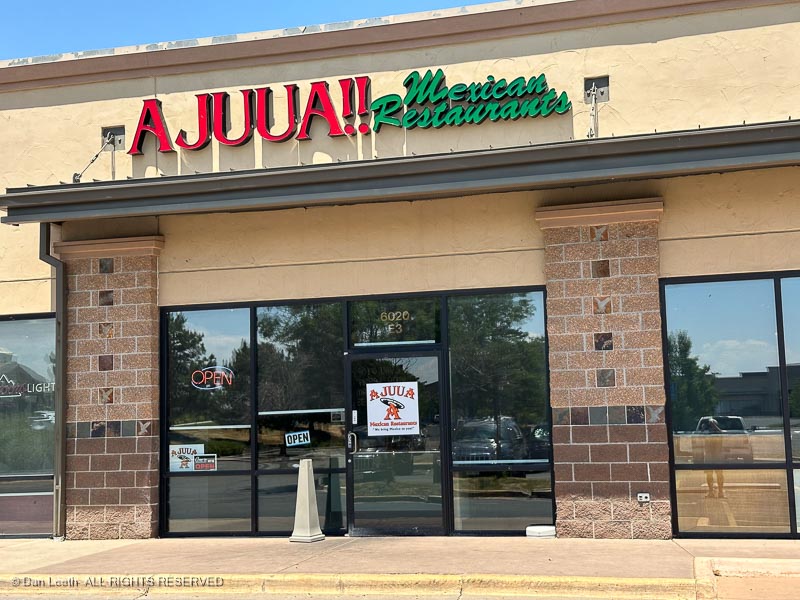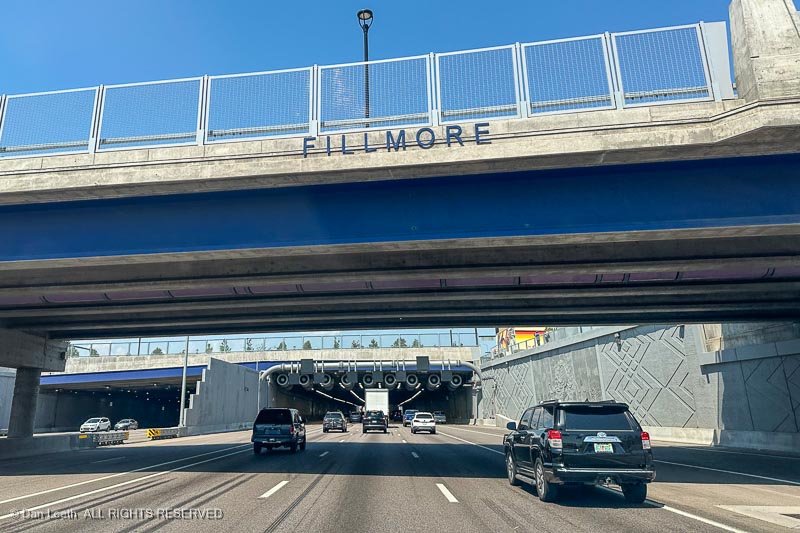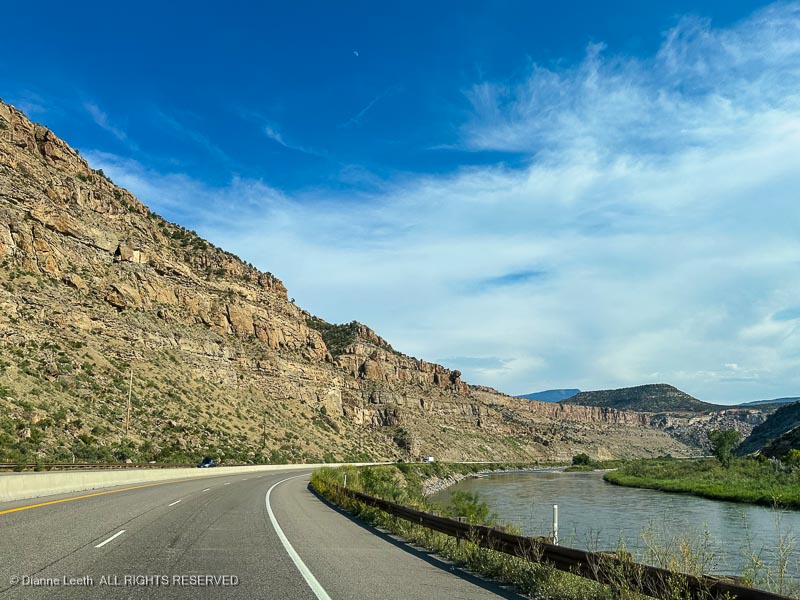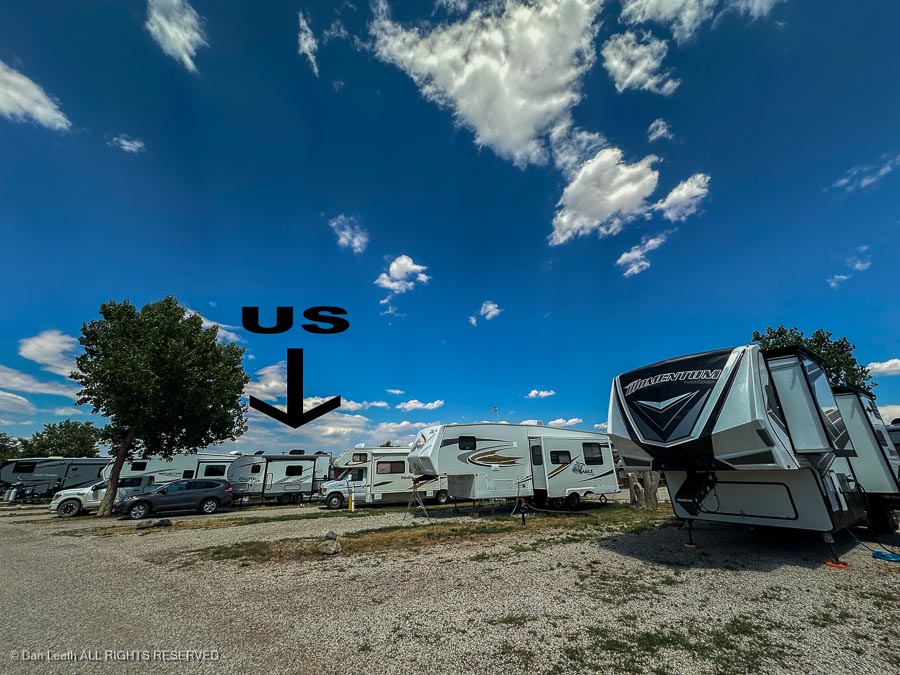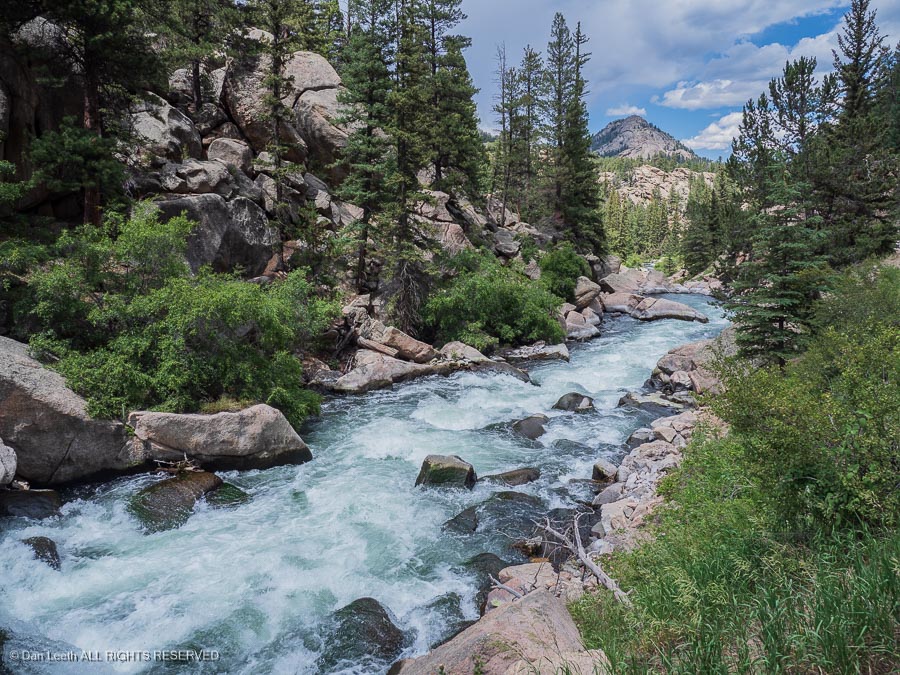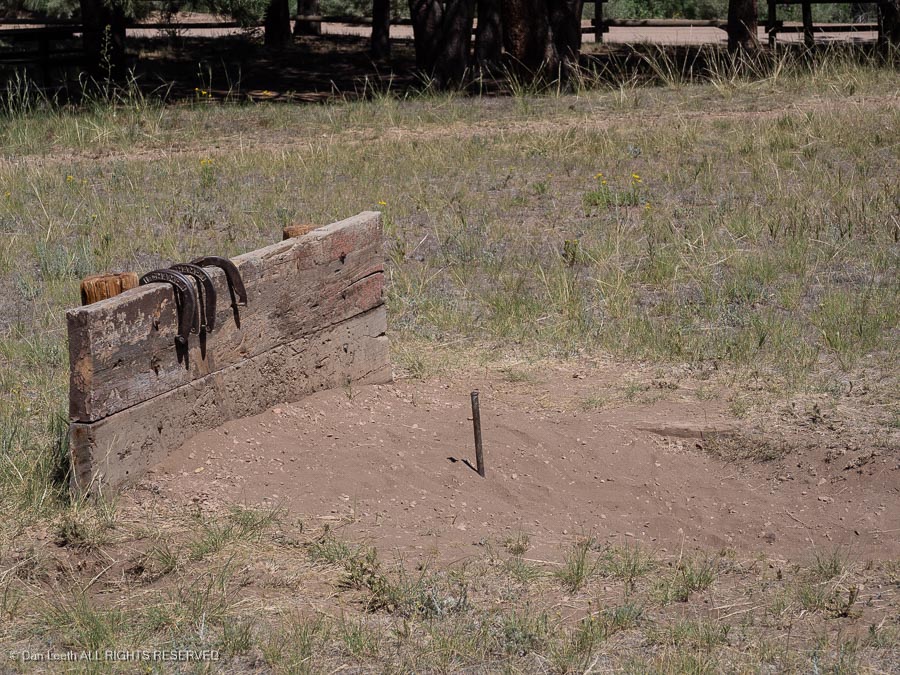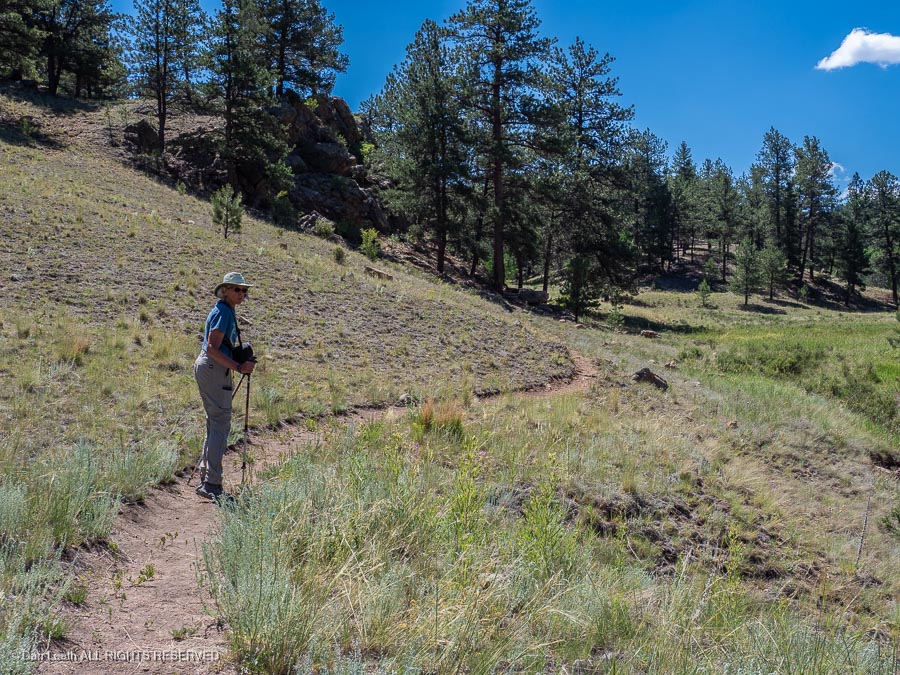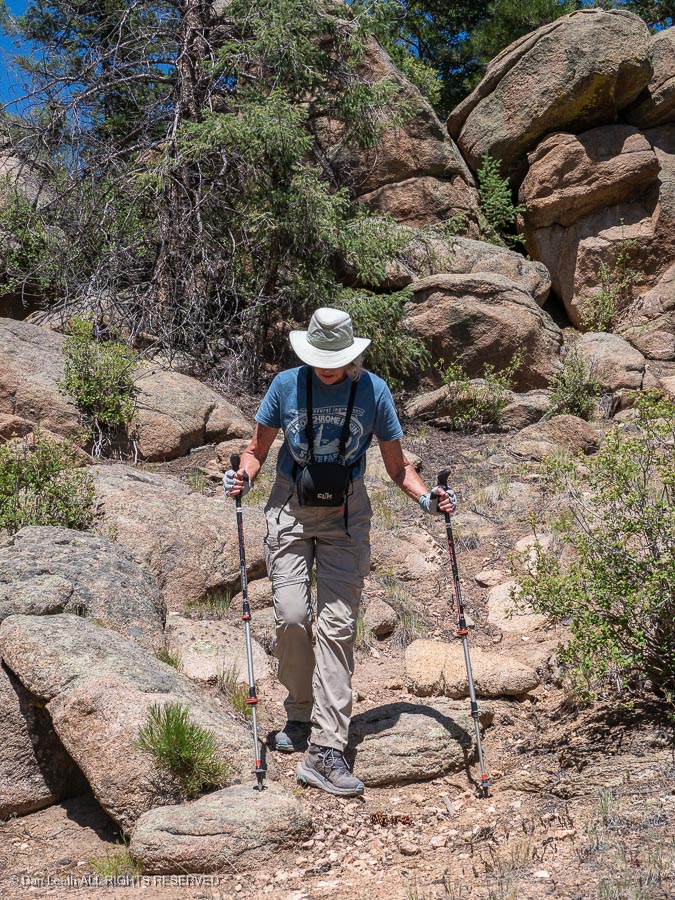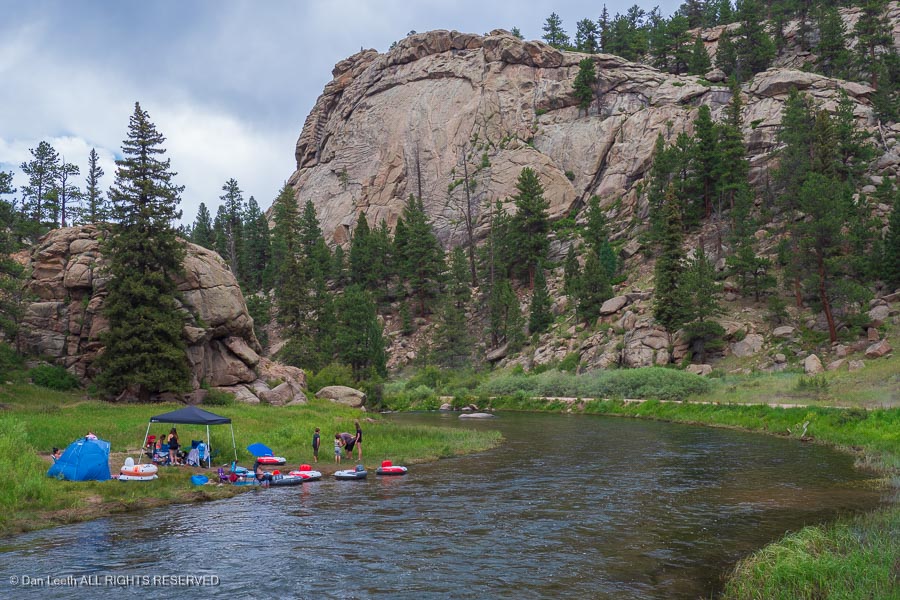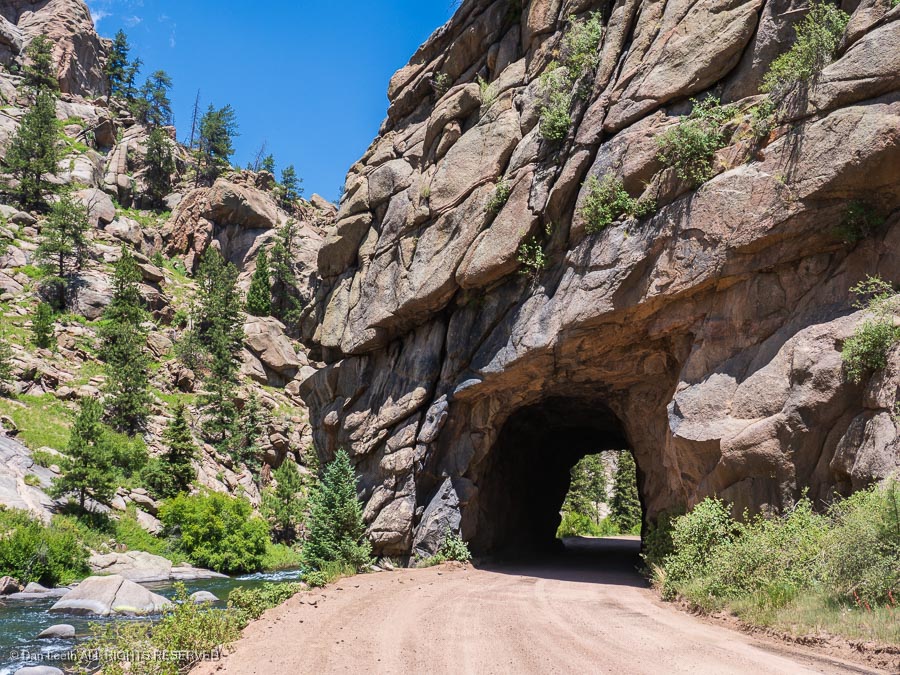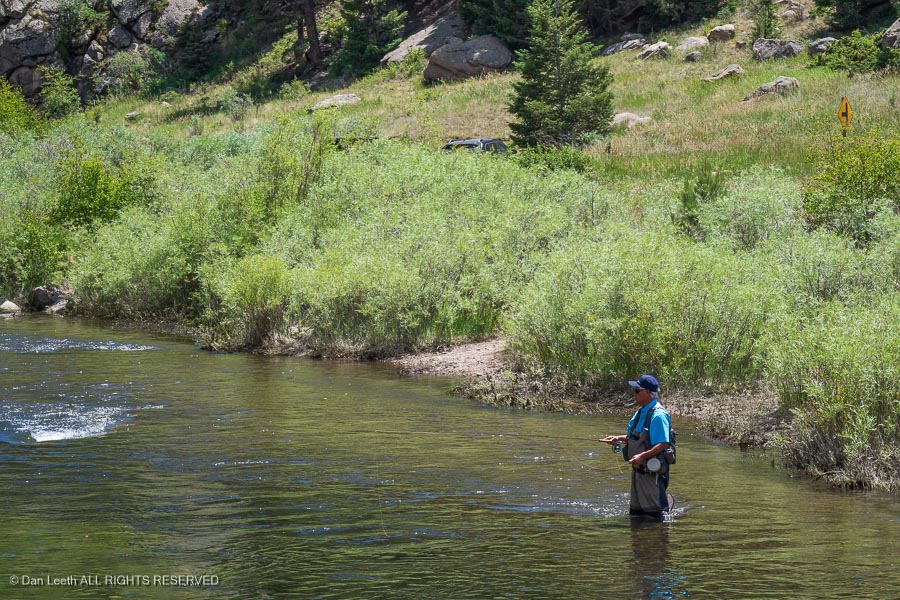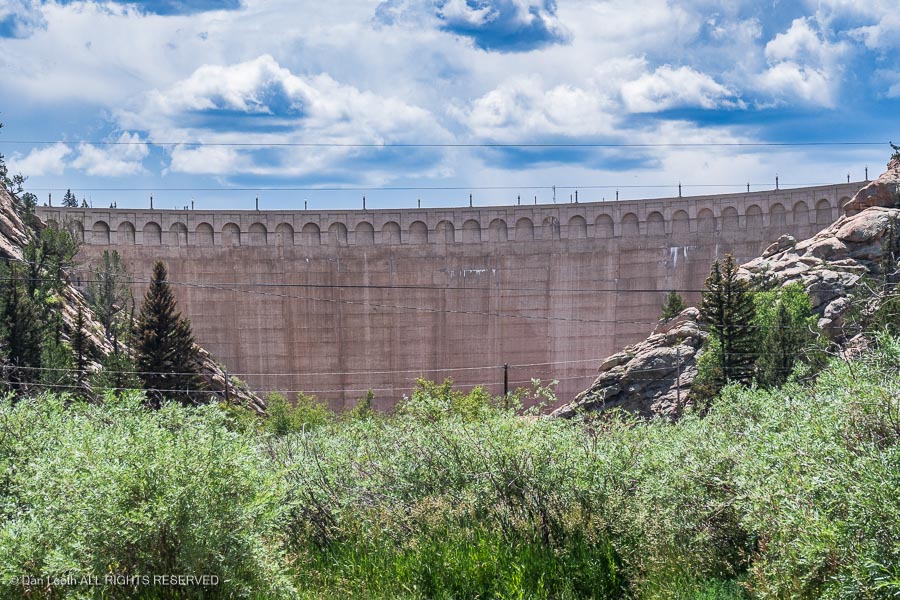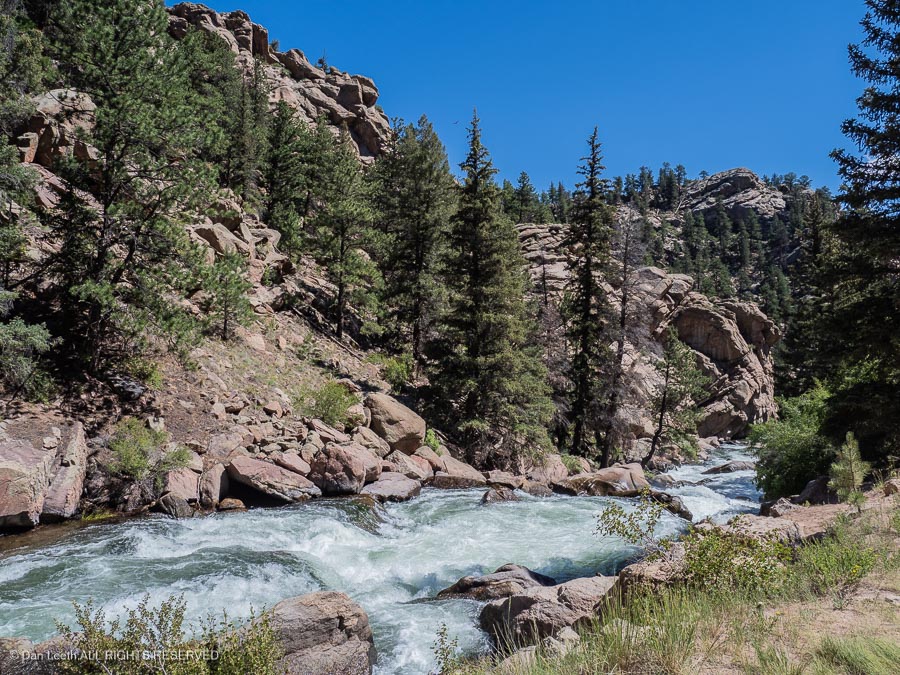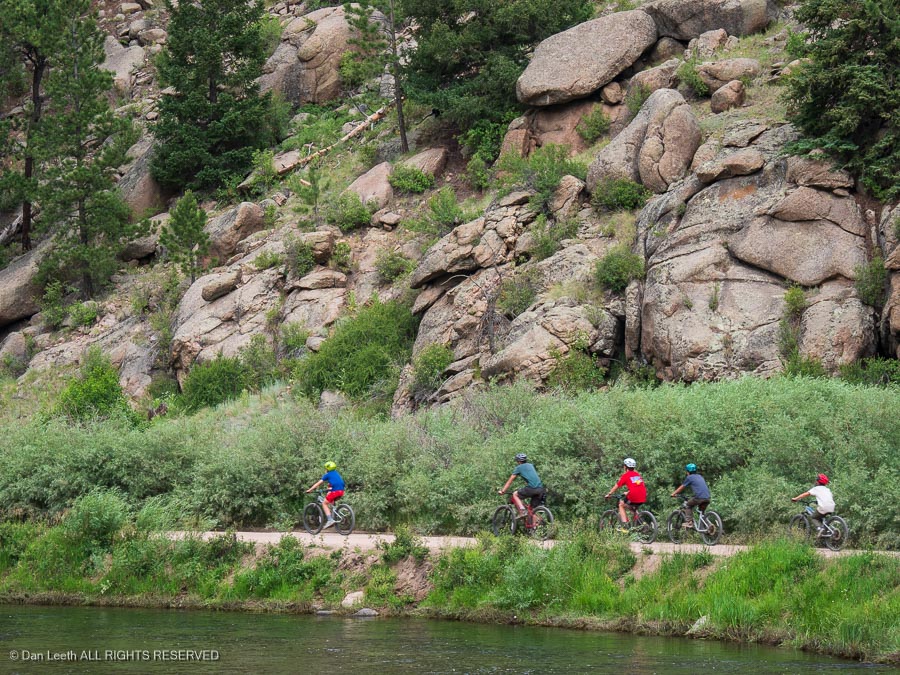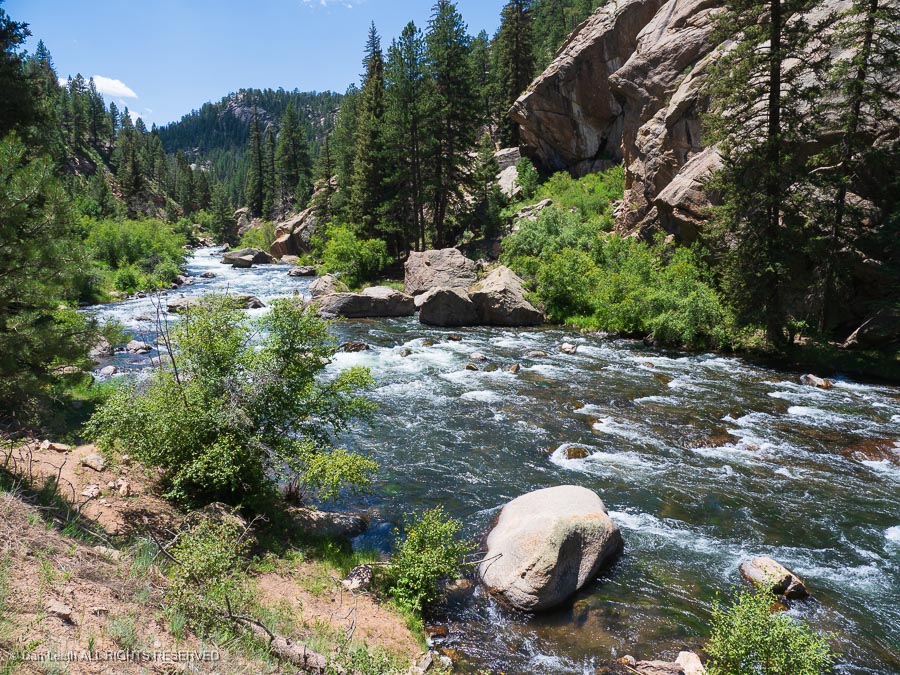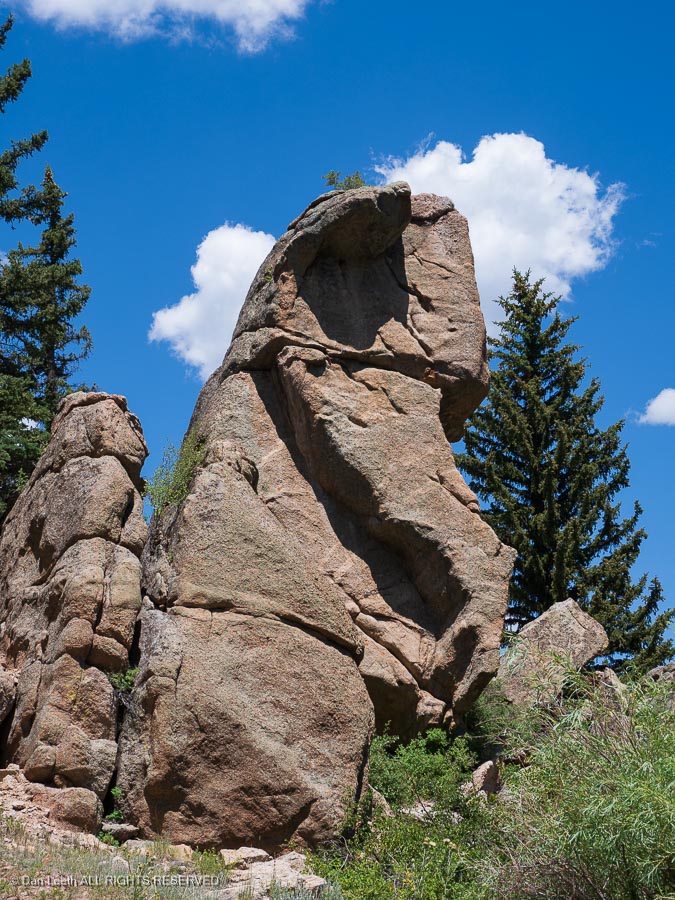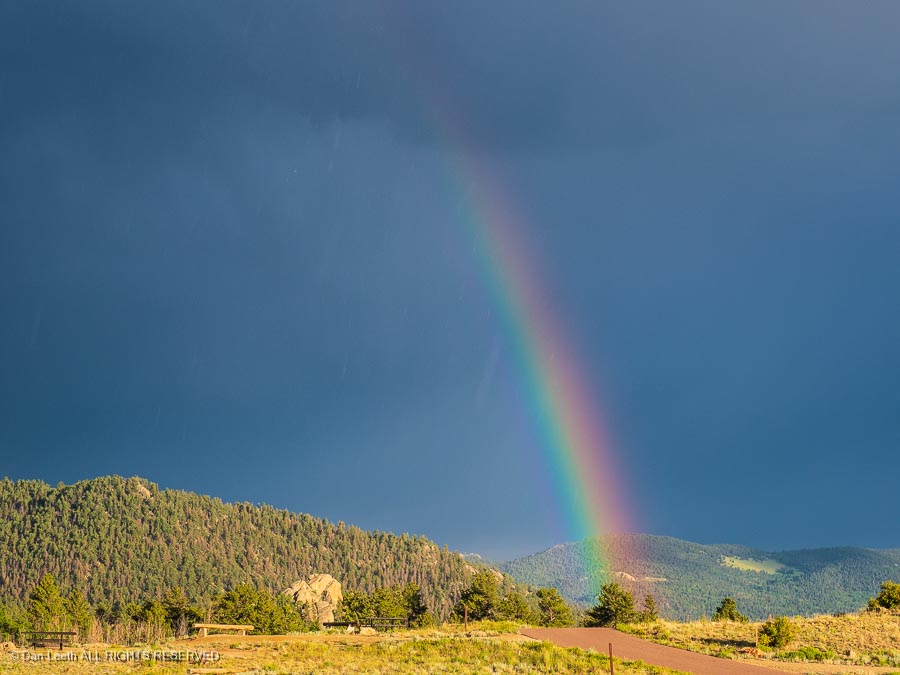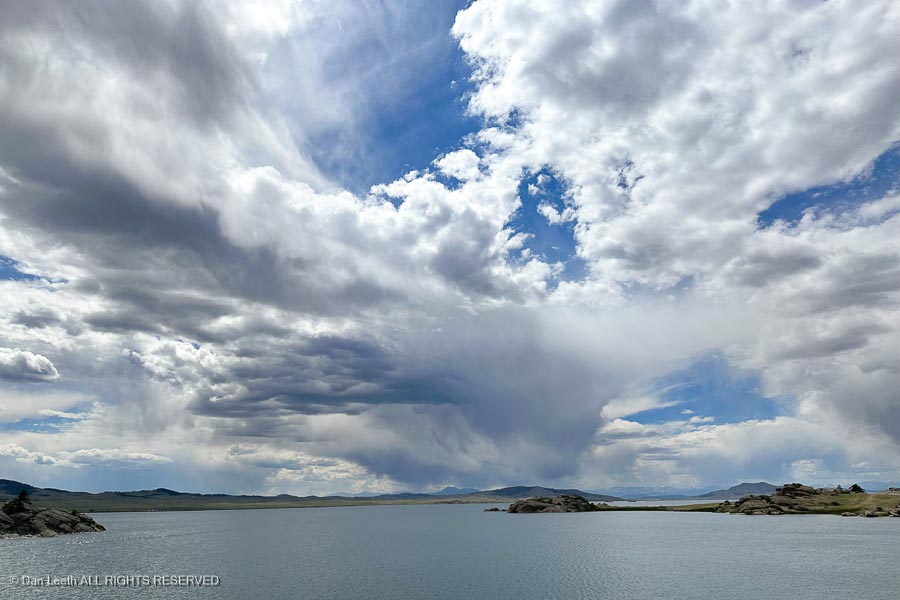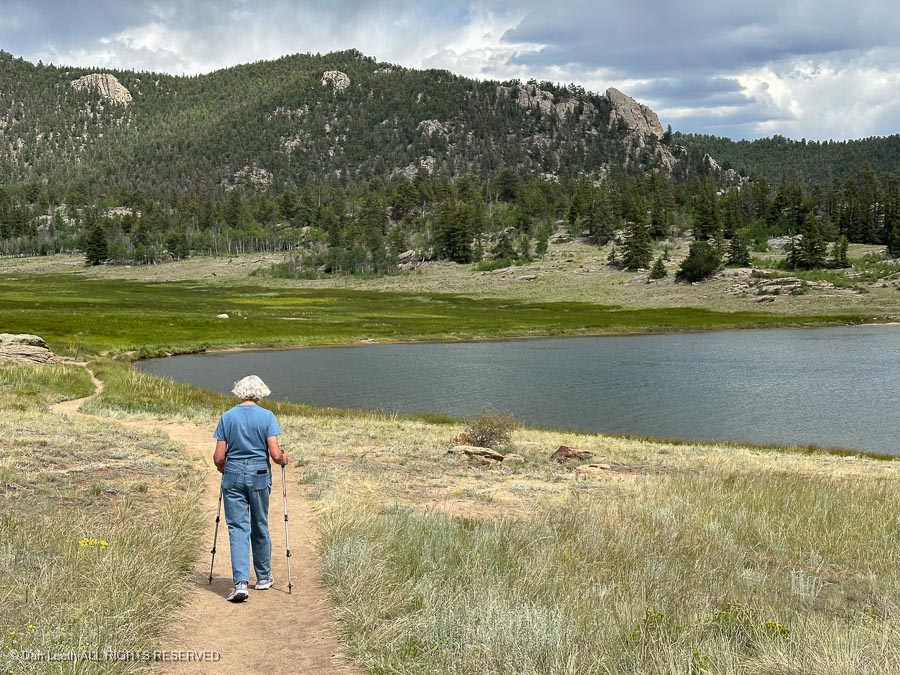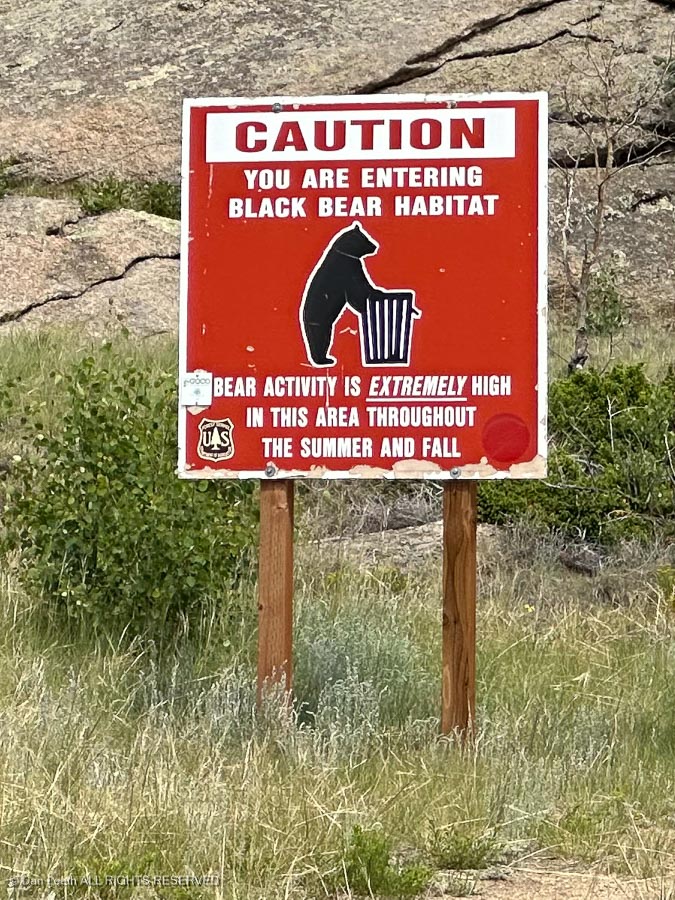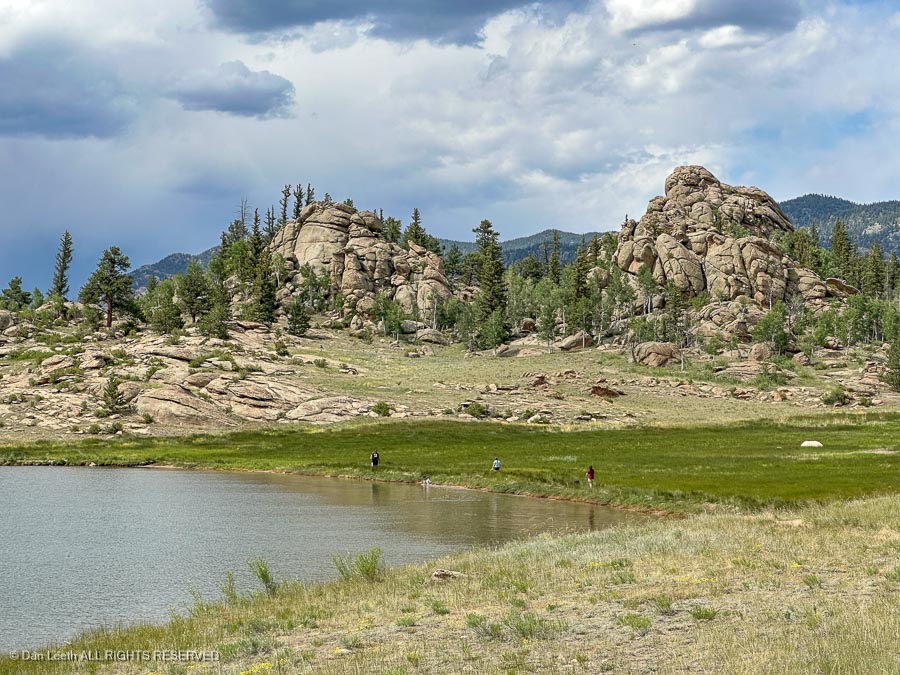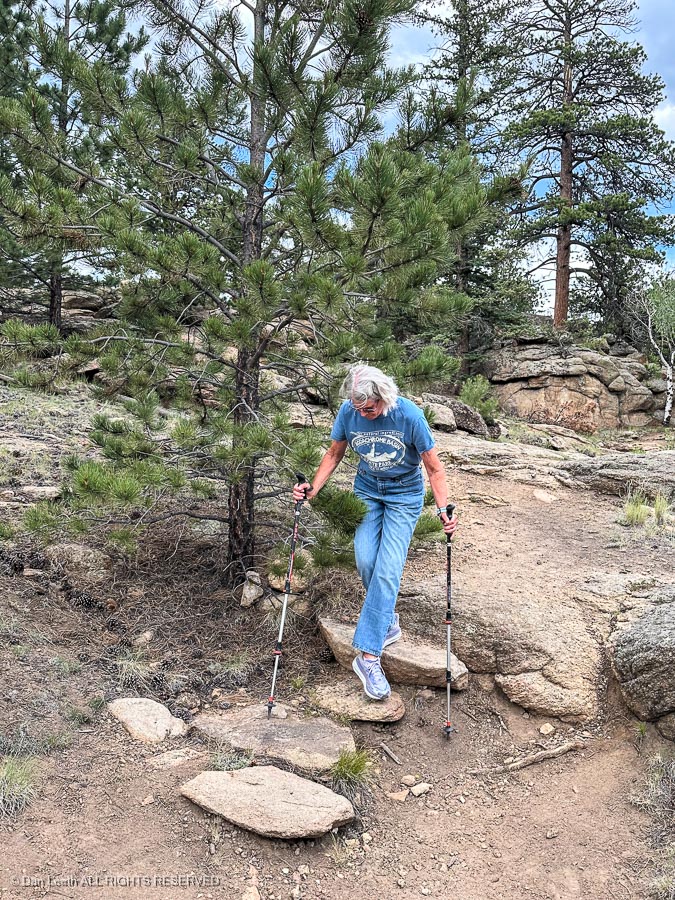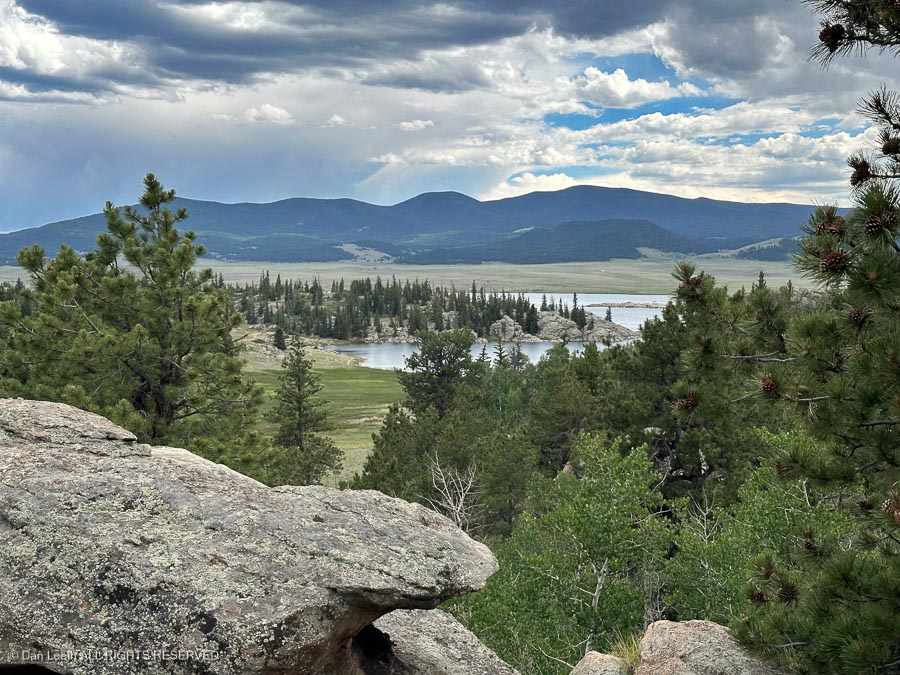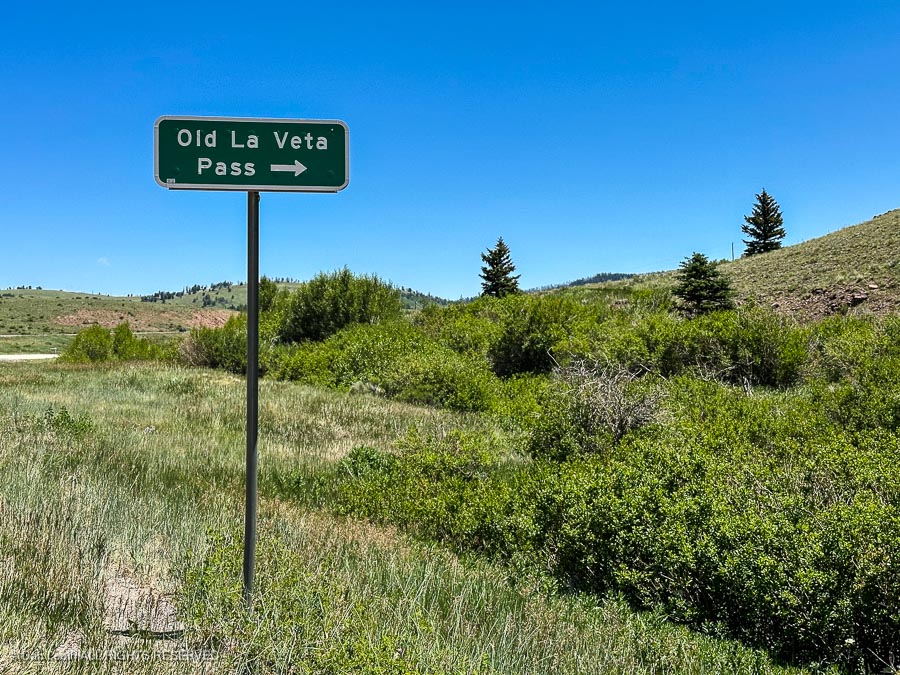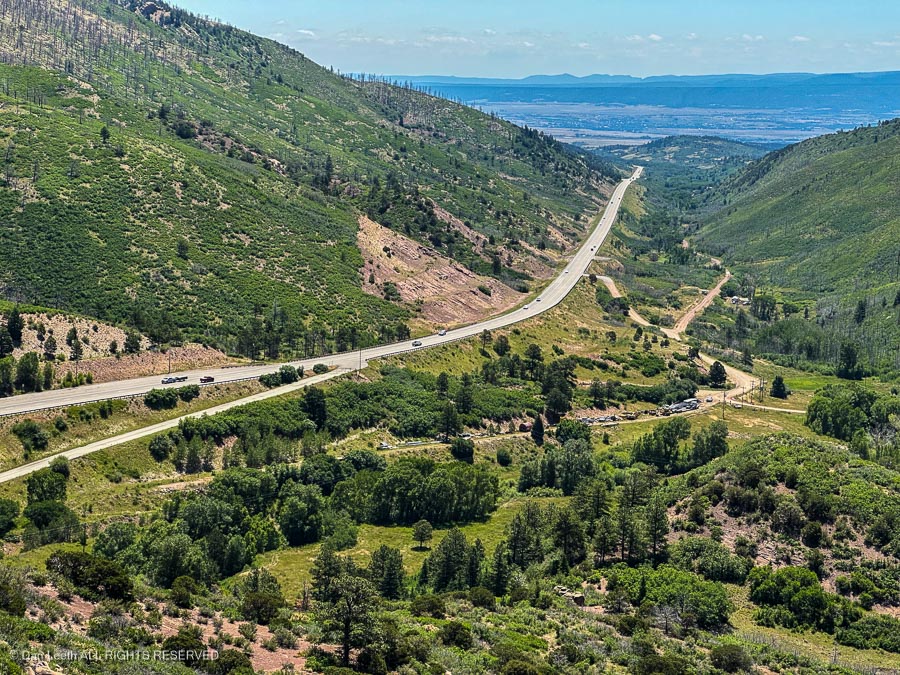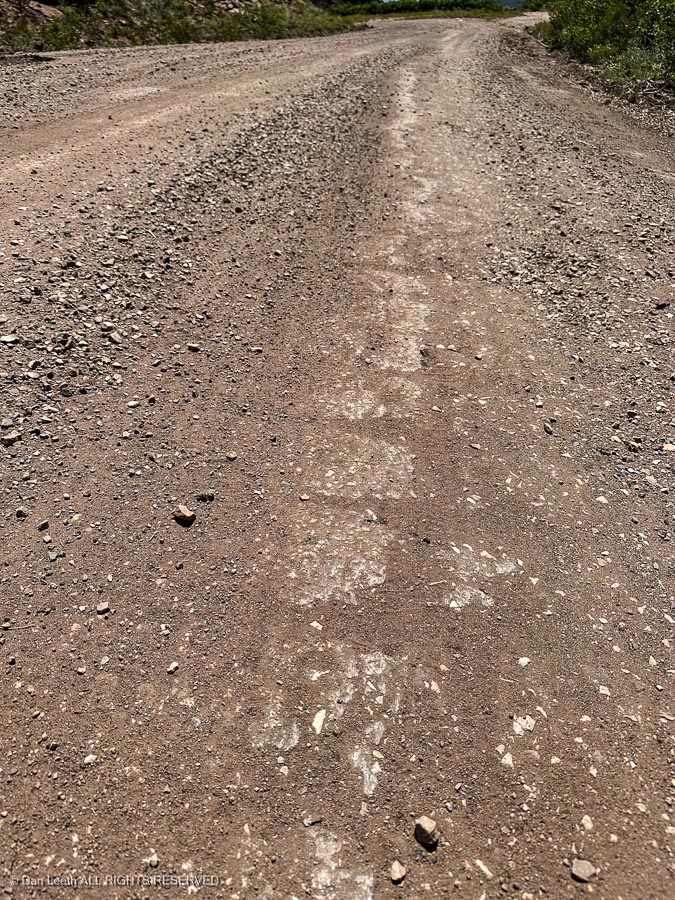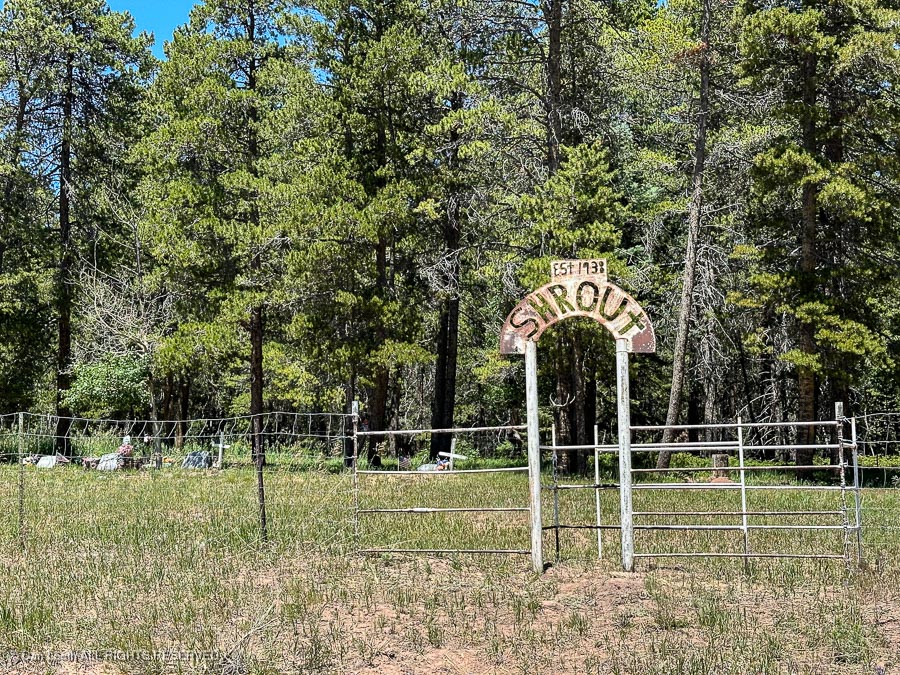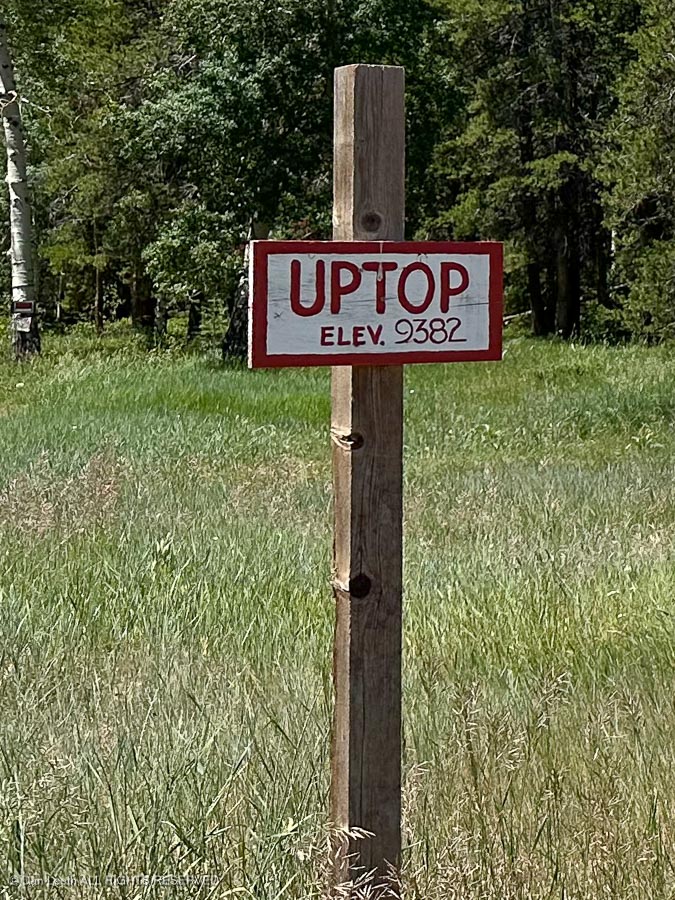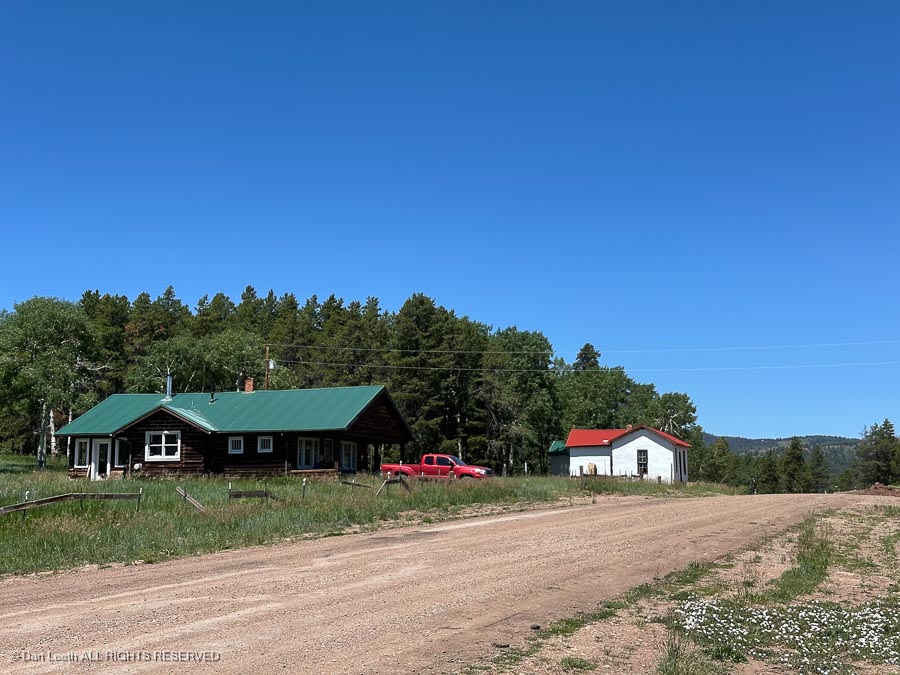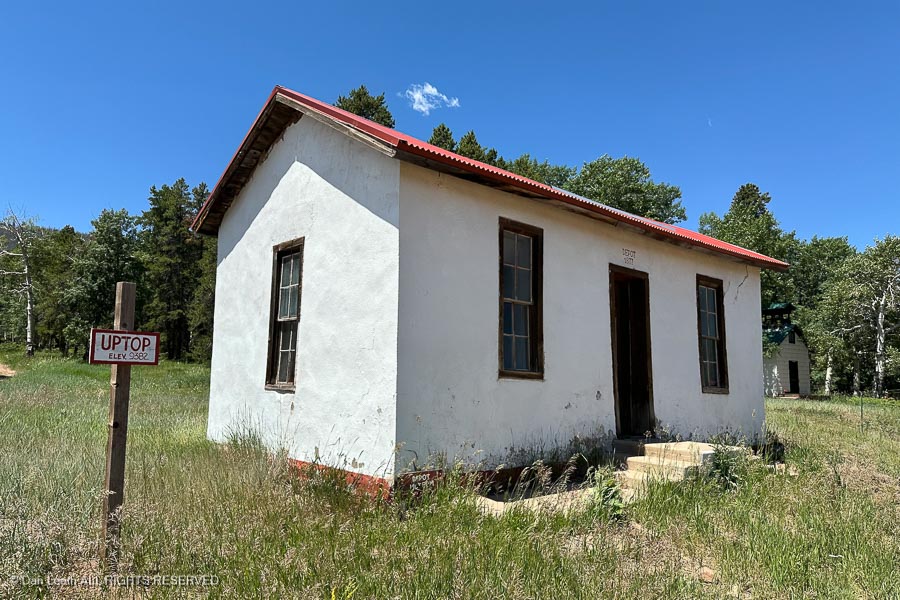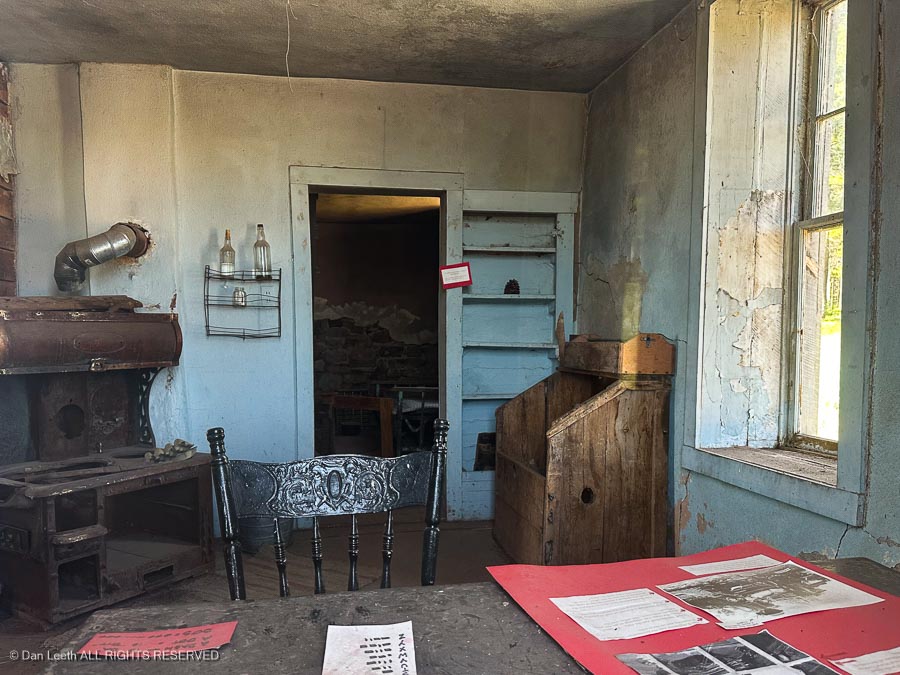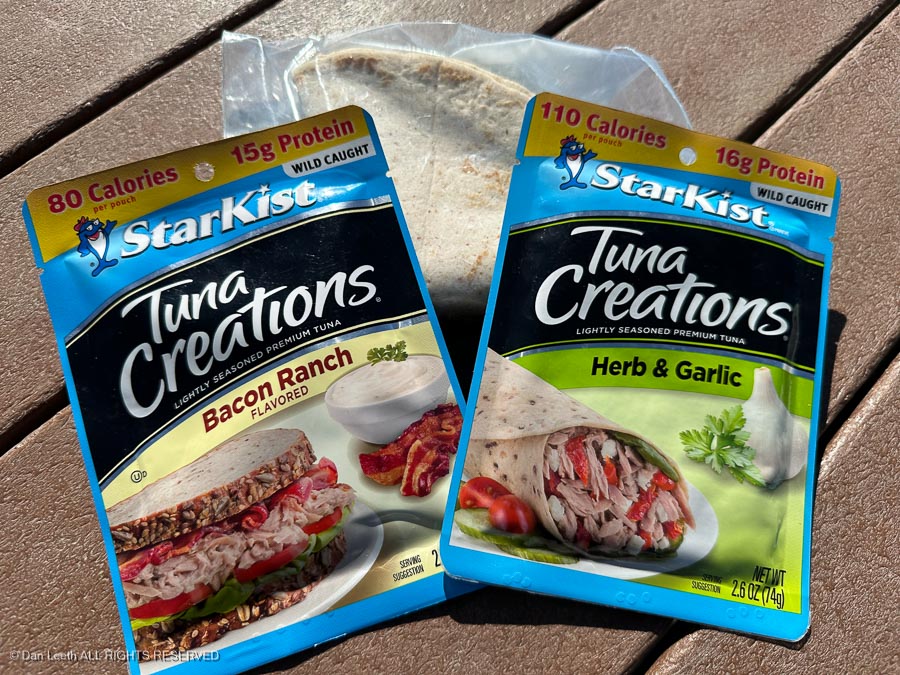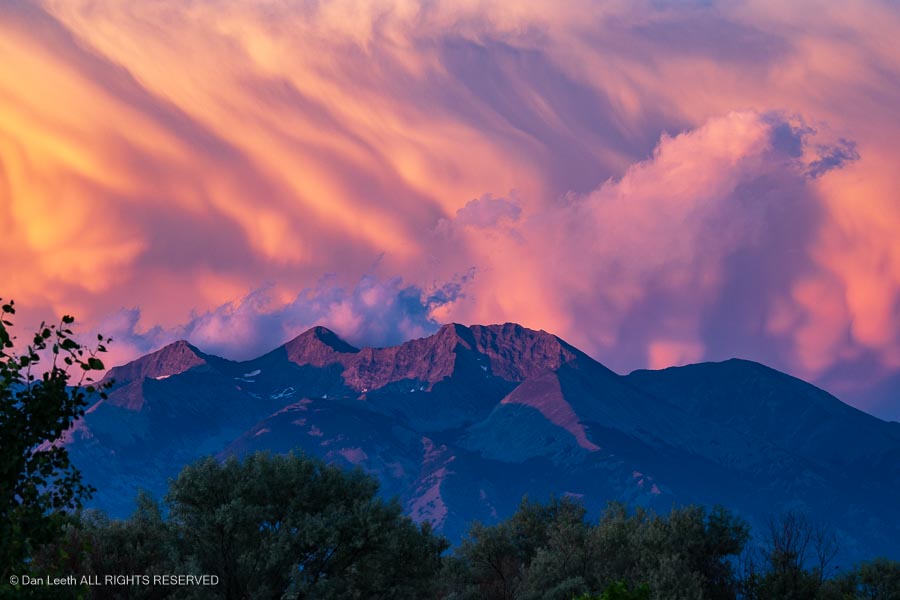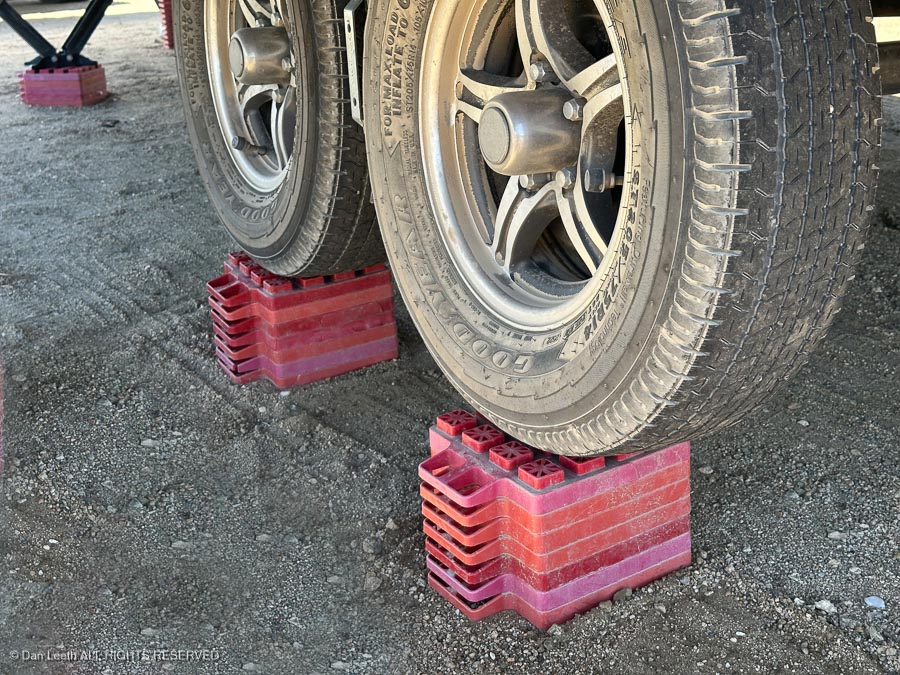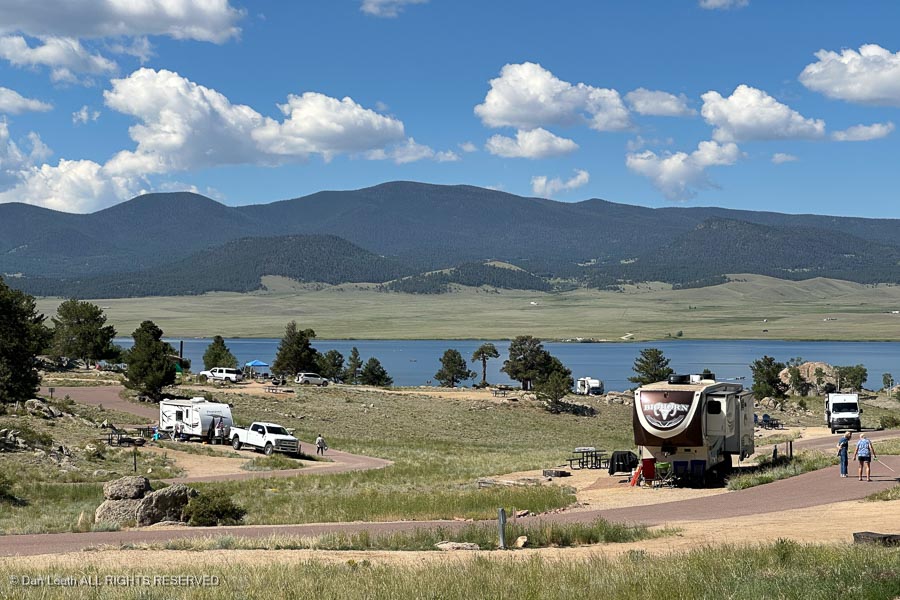Tuesday, we caught our prearranged transfer to Porto’s main rail station. We then boarded a train to the little town of Viana do Castelo, which lies up the coast from Porto. We would spend two nights there.
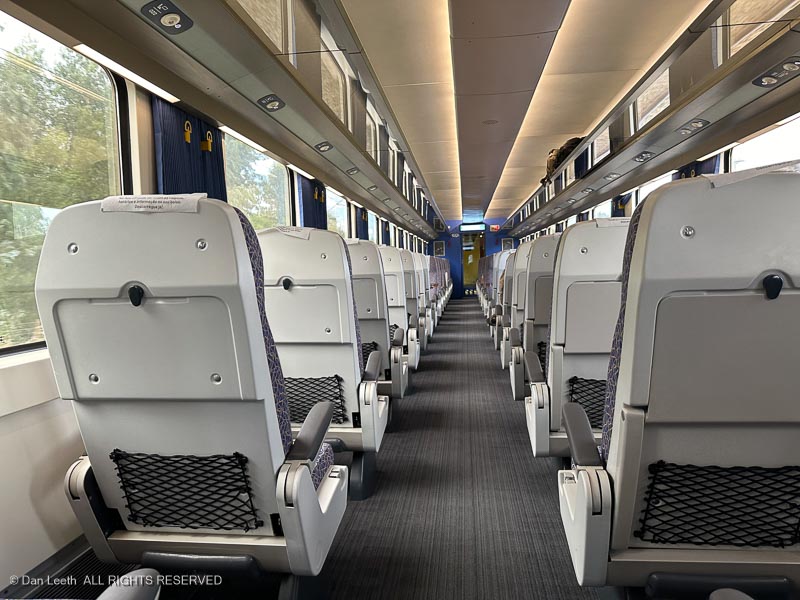
The town was listed in an online article about The 26 Most Stunning Coastal Towns in Portugal. It lay a mere 75 kilometers from Porto, so it would be easy to get to. That was about all I knew about the town.
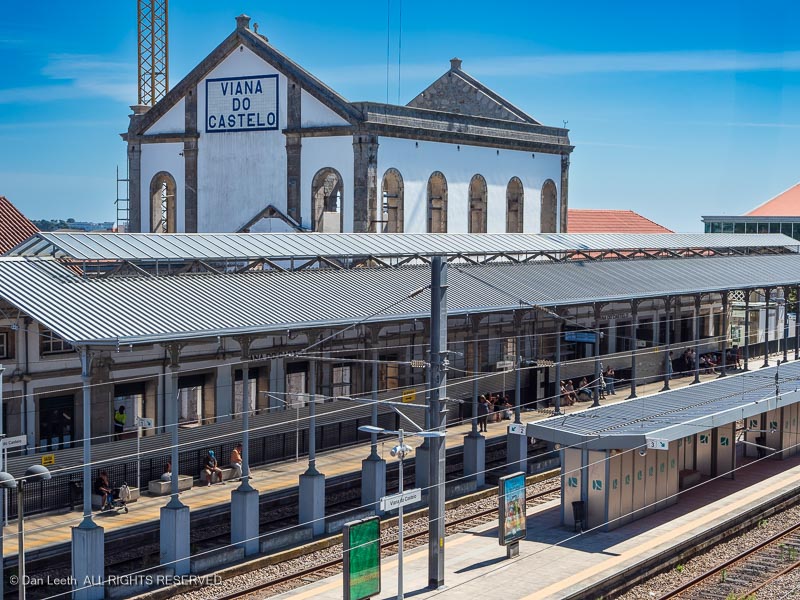
What I didn’t know was that we were going to be there during the Romaria de Nossa Senhora d’Agonia, Our Lady in Sorrow festival. Bleachers and skyline decorations lined one of the city’s main streets.

Our travel agent booked rooms for us at a pleasant little guesthouse “suite” a few blocks from the train depot.

After checking in, we went down to a small sidewalk cafe for lunch. Looking at the pictures on the menu, we decided to go American and chose to order Cacchorros, thinking we would get something that looked like this.
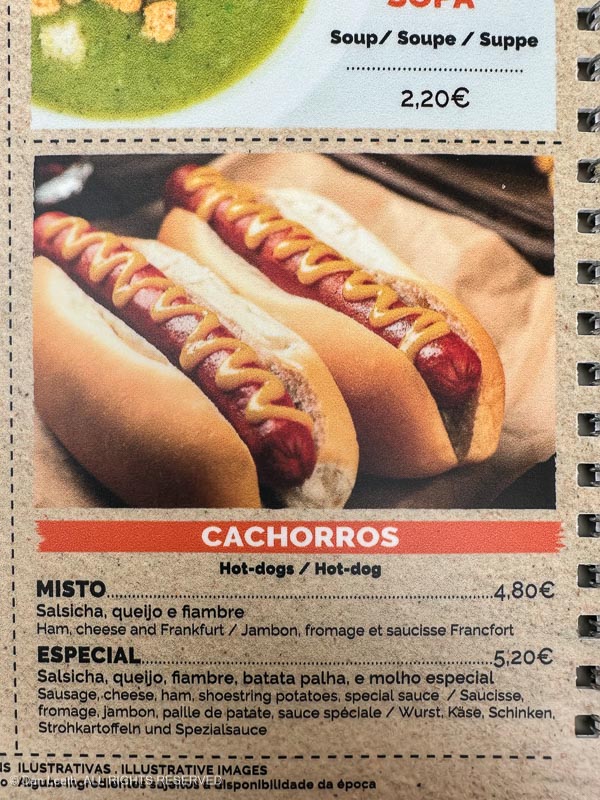
Well, this is what we actually received. So that you don’t miss it, the arrow points to the well concealed weenie.

Spending two nights in town gave us one full day to explore the place on foot. The view out our room’s window showed a large cathedral atop a forested hill. We decided we would head there first.

I suggested we walk up to the cathedral, but my wife, favoring her new knee, opted to ride up in the funicular.
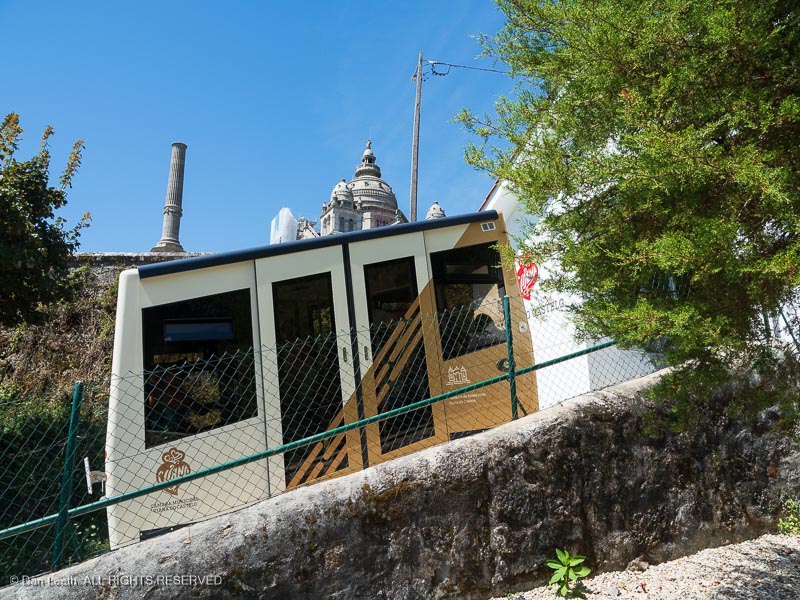
Arriving topside, we headed around to the front of the cathedral where we discovered two things. First, the left tower was blanketed with netting, which covered ongoing reconstruction work. The other thing was that a wedding was taking place.
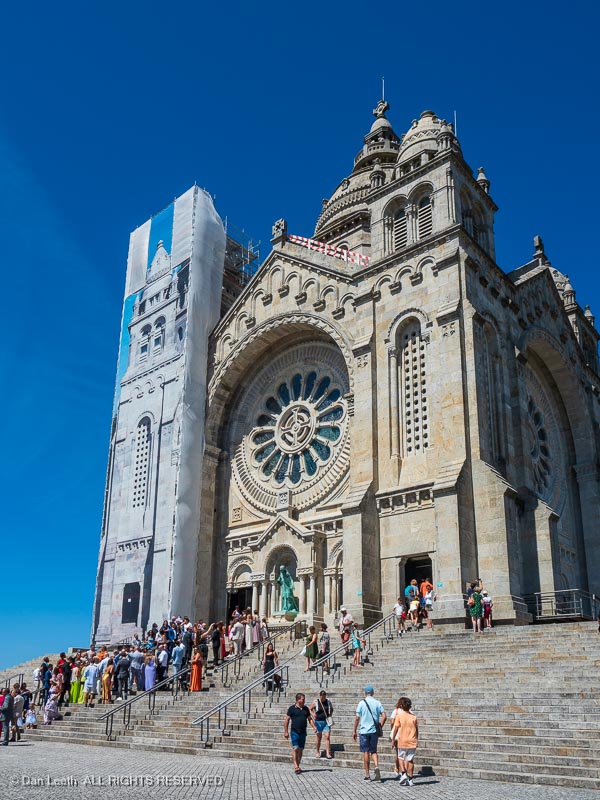
Judging by the crowd outside, the bride and groom had a lot of friends. Their getaway car, however, seemed a bit underwhelming.
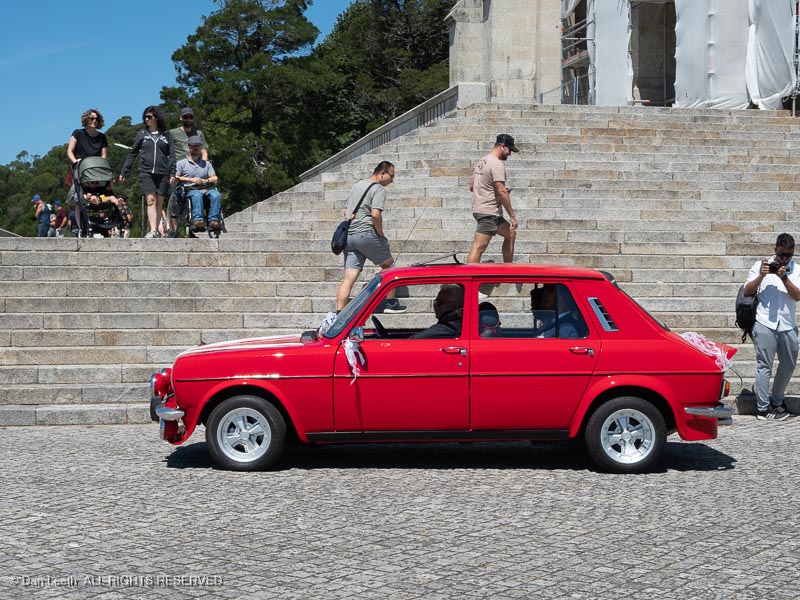
Lacking an invitation to the reception, we celebrated the happy couple’s departure with brews and sandwiches we purchased at a sidewalk cafe.

We then took off on foot, hiking a few formal pathways…

…followed by a stroll up a cobblestone roadway.
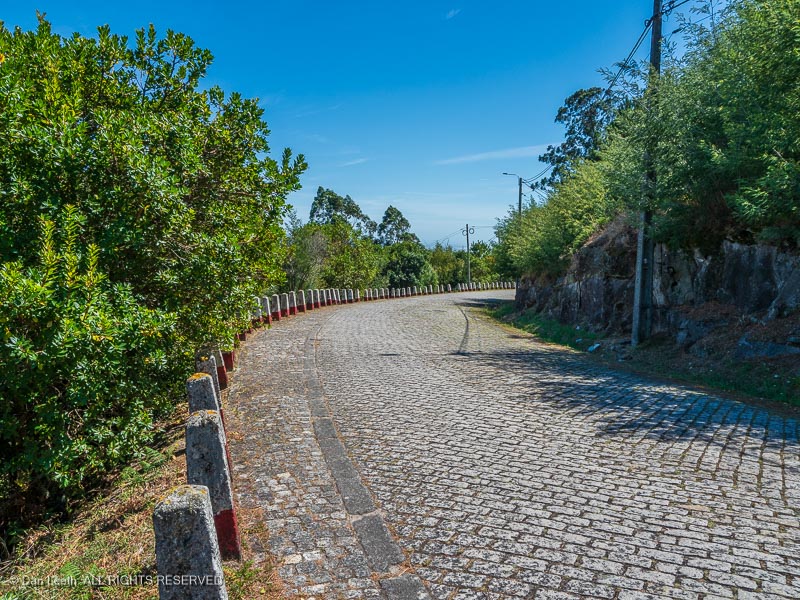
The road led to the ruins of the old city of Santa Luzia, built during the iron age and later occupied in Roman times.
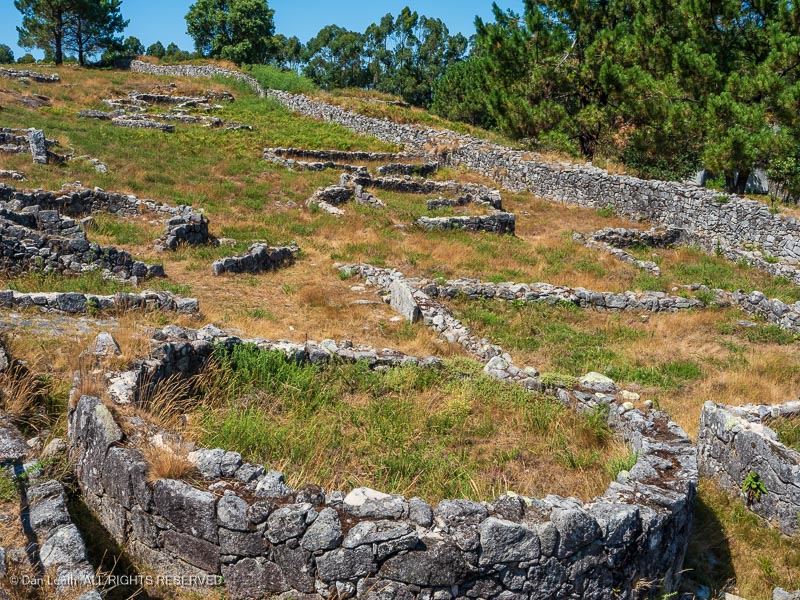
The site was closed, but it was not totally locked up…

…so we had the place totally to ourselves.

That night in town, I ordered spicy chicken wings…

…from a restaurant employing a wood-fired oven. Definitely better than Buffalo Wild Wings.

The next morning, we awoke to the sound of a few dozen drums pounding away in the main square on the opposite side of our guesthouse. We got dressed, packed up and hit the street.
Out in the plaza stood a row of oversize mascot characters, which had earlier been parading around the square.

They now stood still, providing backdrops for selfie lovers of all ages.

The festival dates back to 1744, and as is the custom, men clad in folklore costumes played accordions…

…grandmothers cooked…

…mothers checked their cell phones…
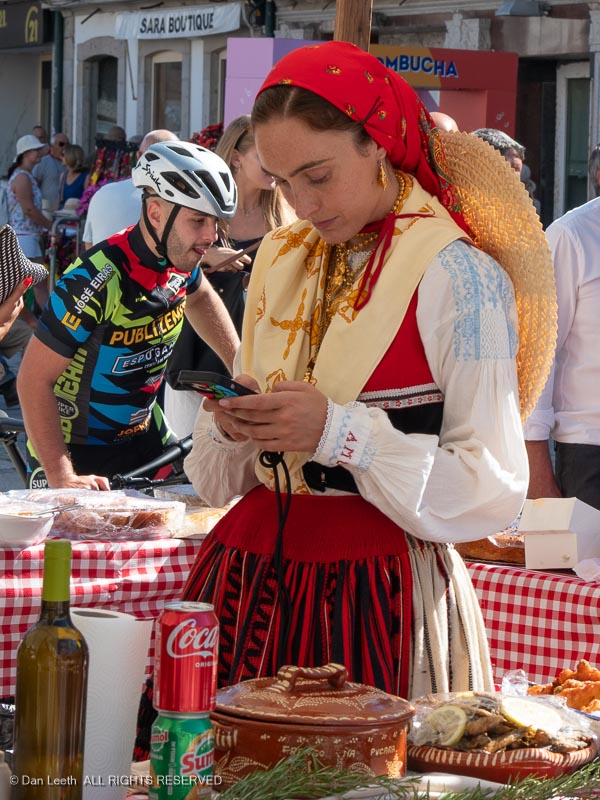
…and daughters flirted with their boyfriends.

It would have been nice to have remained here for another day and enjoyed more of the festival, but we had a train to catch and another town to visit. We rolled our bags up the street to the depot and were soon onboard a train heading south.
